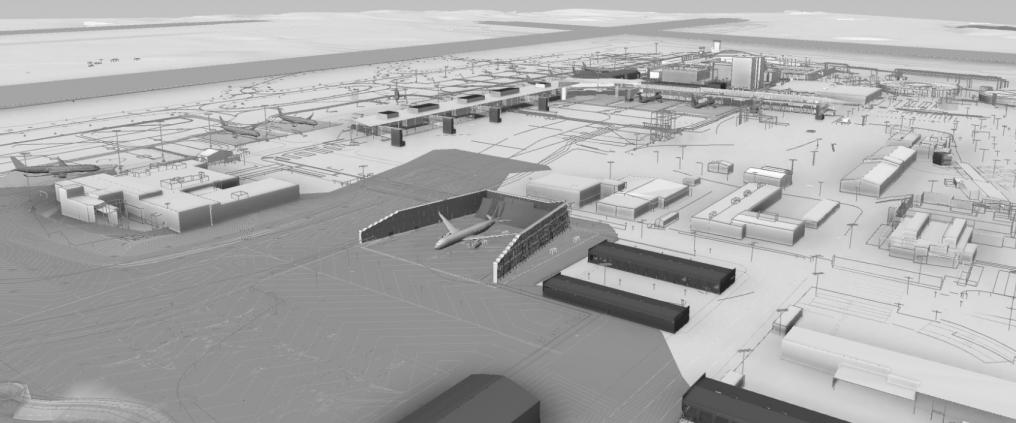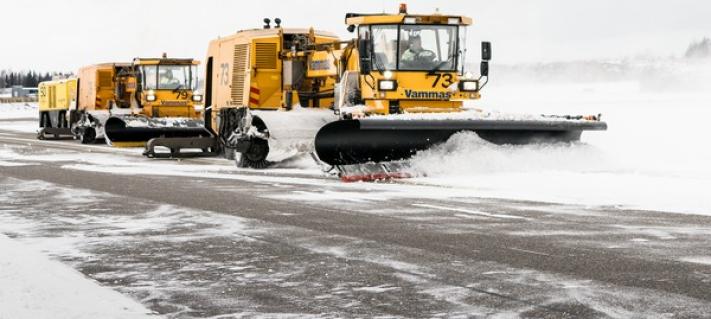Finavia has invested in noise reduction in the hangar area, or 'technical area', and will construct a new facility for aircraft test runs. The spread of noise from the new test run location will be abated with high noise barriers.
The aim is to ensure that the Aviapolis area being built alongside the airport will become a comfortable area for companies and residents moving there. At the same time, noise levels for existing housing will be reduced significantly. Finavia wants to be a responsible partner and ensure that the noise from ground operations is managed effectively.
The site to be built in conjunction with the expansion of the technical area will replace the old test run field surrounded by embankments. The new site will be surrounded on three sides with noise reduction walls up to 18.5 metres high.
The international operator Valis Engineering & Opway was selected as the noise reduction solution provider and they will use Finnish subcontractors in the project. The new test run site will be taken into use in autumn 2016. During the construction, test runs will be performed occasionally also outside the technical area. The new test run site with land construction and taxiway work is an investment of several million euros, of which the noise barriers account for approximately three million euros.
The construction of the test run site is part of the investments related to Helsinki Airport's development programme of renewing the airport cargo area during the expansion of apron level 1. The objective of Finavia's EUR 900 million development programme is to strengthen the position of Helsinki Airport among international airports and as an important hub between Europe and Asia. The airport expansion will make it possible to serve 20 million passengers in 2020.



